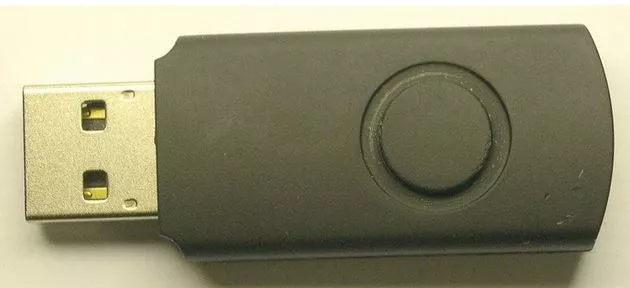Forget USB 3.1 and USB Type-C, the USB I’m going to describe ahead, will burn down your computer if you insert it in the USB port.
This story about making a USB flash drive into a bomb was described by a Russian researcher who took an interest in this concept and developed a USB killer pen drive which can burn your computer to ashes.
He says:

Talking about the danger involved, he says:
Back in 2014, a security firm demonstrated the same in Apple’s Mac.
If such instances are possible, cyber criminals can surely turn a USB into a bomb and kill people.
So next time if you find a USB flash drive somewhere, what will you do? Throw it away or plug it in some USB port to check the contents?
This story about making a USB flash drive into a bomb was described by a Russian researcher who took an interest in this concept and developed a USB killer pen drive which can burn your computer to ashes.
He says:
This researcher, nicknamed Dark Purple, works with an electronic company and he ordered some China manufactured circuit boards and created a USB killer device for himself."The basic idea of the USB drive is quite simple. When we connect it up to the USB port, an inverting DC/DC converter runs and charges capacitors to -110V. When the voltage is reached, the DC/DC is switched off. At the same time, the filed transistor opens. It is used to apply the -110V to signal lines of the USB interface. When the voltage on capacitors increases to -7V, the transistor closes and the DC/DC starts. The loop runs till everything possible is broken down. Those familiar with the electronics have already guessed why we use negative voltage here. I‘ll explain to others that negative voltage is easier to commutate, as we need the N-channel field resistor, which, unlike the P-channel one, can have larger current for the same dimensions."

After finishing, it looks like a regular USB
The Hacker News writes that instances of hacking into the systems and increasing the temperature of a computer to make it burn has happened in the past."Within a week, I have developed quite specific circuit implementation, ordered components. After a few months of waiting for them, I made a full-fledged prototype. I tested the idea and “burnt down” everything I could. I’m not going to talk to you about the application area, but a former colleague says that it’s like an atomic bomb: cool to have, but can not be applied."
Back in 2014, a security firm demonstrated the same in Apple’s Mac.
If such instances are possible, cyber criminals can surely turn a USB into a bomb and kill people.
So next time if you find a USB flash drive somewhere, what will you do? Throw it away or plug it in some USB port to check the contents?